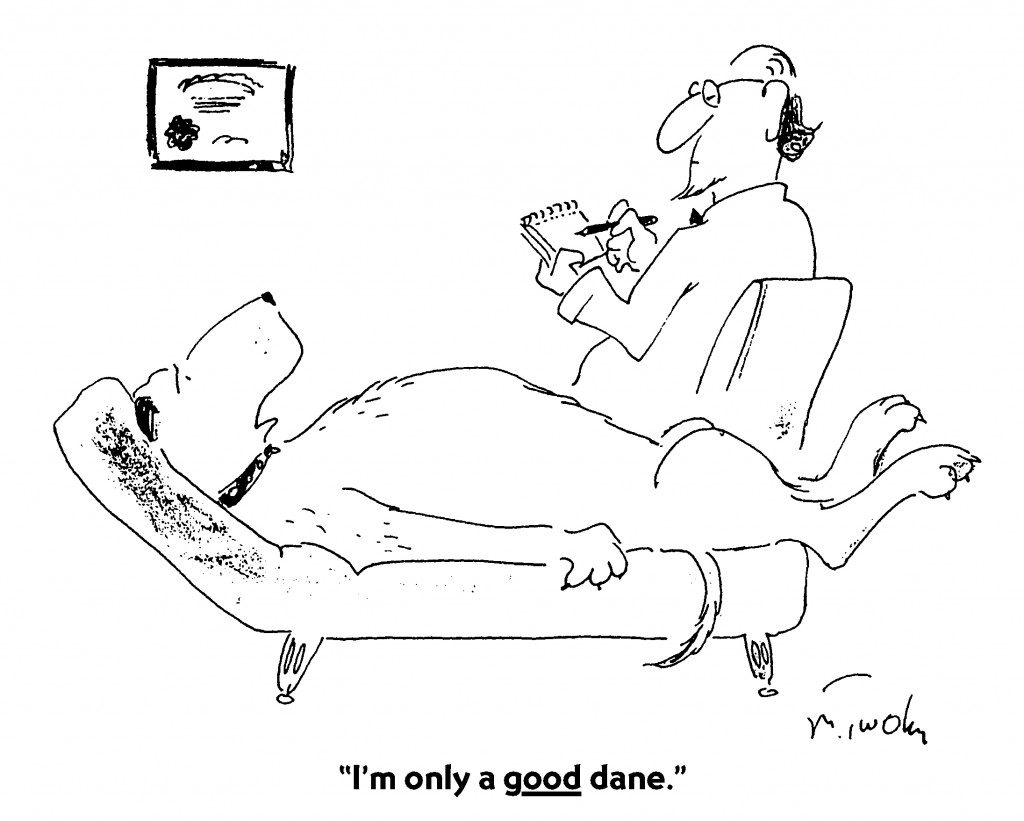What You Can Do Now To Counteract Panic Disorder
1. Order Mastery of Your Anxiety and Panic, Client Workbook
This manual is produced by the Treatments That Work (TM) (bold-hyperlink) program at Oxford University Press. The manual provides detailed, step-by-step procedures for assessing and treating panic disorder. These procedures have been taken from empirically-tested treatment programs effective in treating panic disorder.
2. Recognize that the symptoms of a panic attack:
- heart palpitations
- sweating
- shortness of breath or a smothering feeling
- dizziness or light-headedness
- nausea or abdominal discomfort
- a fear of dying
- a fear of losing control or going “crazy”
- a feeling of imminent danger
Remember while distressing, you are not dangerous
You will not faint, have a heart attack, lose control, etc.
3. Therefore, try to acknowledge and accept these sensations rather than fight them. Knowing that these sensations are not dangerous, you can train yourself to observe them, rather than fuel them by insisting the sensations go away.
4. Use the AWARE acronym
A: Accept the anxiety. Know the facts: panic attacks are painful, but ultimately harmless; panic attacks are brief.
W: Watch the anxiety. Imagine it is outside of you and you are just observing it. Watch it wax and wane and eventually go away.
A: “Act normal”. Carry on as if nothing is happening. Panic will soon get bored.
R: Repeat the above steps until you start to relax again.
E: Expect the best — it will pass quicker and quicker the more times you do this.
